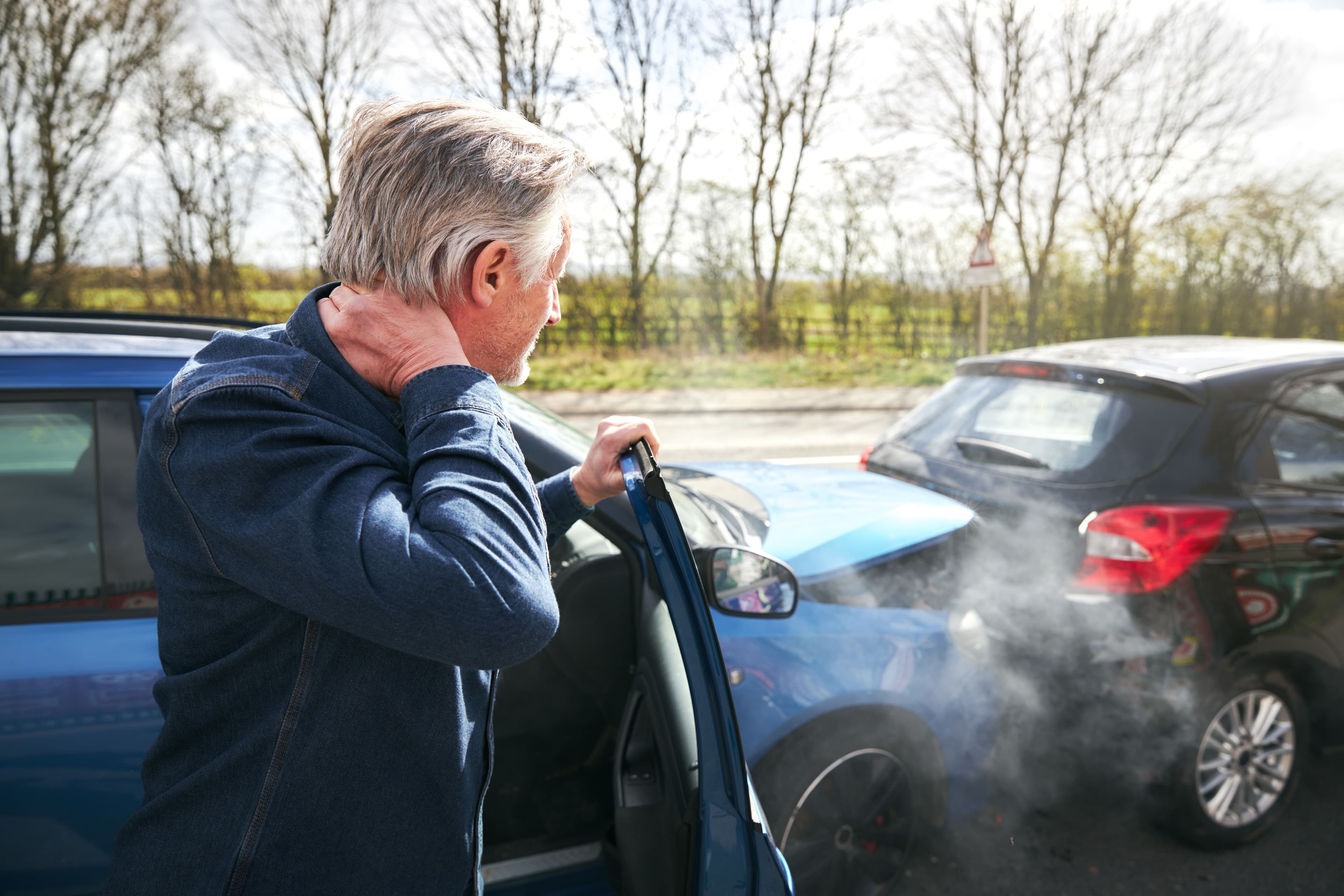The importance of evidence in Pennsylvania truck accident claims lies in its role in determining not only who was at fault but also how much responsibility each party carries and why. Certain types of proof are essential in nearly every case because they help build a clear picture of how the crash happened.
The right evidence can change the entire outcome of a claim. Some records reveal what happened in the moments leading up to the collision, while others expose safety violations or neglected maintenance. Photos, videos, and witness statements can fill in gaps that technical reports leave out, offering a fuller understanding of the events.
Trucking companies, however, move fast to protect their own interests—sometimes sending investigators to the scene within hours. If not saved promptly key information, such as electronic records or dashcam film, can be lost or overwritten.
That’s why acting immediately and working with an experienced West Chester truck accident lawyer may be the only way to ensure that these crucial details are available when developing a solid case.
Crucial Evidence in Pennsylvania Truck Accident Claims
Truck accident cases rely on multiple layers of evidence, each revealing a part of the event. One document or record alone cannot establish the entirety of a matter. However, when these records, reports, and data points are brought together, they create a clear understanding of what went wrong and who is responsible.
Data Recorded by the Truck’s Black Box
The “black box” inside a commercial truck can be the single piece of evidence that cuts through conflicting stories after a crash. Officially known as an Event Data Recorder (EDR), it automatically tracks the truck’s activity in the moments before and during the collision.
Instead of relying only on witness accounts or the driver’s version of events, this data shows exactly what happened: how fast the truck was moving, when (or if) the brakes were applied, whether the accelerator stayed pressed, and how many hours the driver had been on the road.
In many cases, this information exposes speeding, fatigue, or hours-of-service violations—patterns of unsafe behavior that can turn a disputed claim into one with clear proof of negligence. Because this data can be lost or overwritten quickly, securing it early is one of the first steps we take when building a truck accident case.
Hours-of-Service Logs and Electronic Tracking
Truck drivers have strict limits on how long they can drive without rest. If they skip rest breaks or spend too much time behind the wheel, it usually means they’re driving worn out. These logs help spot exactly that. When matched against fuel or toll receipts, these logs can also uncover if a driver has altered or falsified entries.
Footage From Truck Cameras
Many trucks now have cameras that record both the road and the driver. Footage from these cameras can be extremely valuable. Outward-facing cameras may capture the actual collision or show how traffic was moving beforehand.
On the other hand, inward-facing cameras can show whether the driver was distracted, nodding off, or even looking at a phone at the moment of impact. It’s crucial to gather this evidence promptly, as it typically gets erased within 7 to 30 days.
Maintenance & Repair Records
Federal law requires commercial vehicles to keep complete maintenance records and undertake frequent inspections according to the FMCSA §396.3. Skipping these checks not only raises the risk of an accident, but it may also transfer liability from the driver to the carrier.
Common signals that prove lack of maintenance are:
- Brake Failure: Missed inspections or delayed repairs point to fleet‐wide negligence.
- Excessive Tire Wear: Bald or uneven tread patterns often signal that routine checkups were skipped.
- Steering Malfunctions: Persistent issues—such as a truck pulling to one side or unusual steering noises—usually point to neglected upkeep.
- Missed Oil and Fluid Changes: Forgetting scheduled oil or fluid services can lead to sudden engine or transmission failures.
Spotting these omissions in the service records makes it much easier to establish the driver’s liability.
Driver Qualification and Training Files
Truck drivers must meet strict licensing and training standards. Their employment files can reveal whether the company did proper background checks, followed safety protocols, or ignored red flags—such as prior accidents, traffic violations, or failed drug tests.
A company that hired or kept an unqualified driver can be held accountable for negligent hiring or supervision.
Cargo Loading and Weight Records
Overloading a truck or failing to secure cargo properly can easily result in a loss of control. Bills of lading, loading dock reports, and weigh station tickets are common examples of records that tell a story. They can reveal whether the load changed throughout the journey or if fundamental cargo security standards were ignored.
Phone Records Showing Driver Distraction
Many truck accidents are caused by distracted driving, and phone records can help show exactly what happened. If the driver was texting, talking on the phone, or scrolling through apps right before the crash, those records can make it clear.
Combined with other evidence, they can strongly support a claim that the driver was not paying attention to the road.
Drug and Alcohol Test Results
Truck drivers involved in serious collisions are required to undergo post-accident drug and alcohol testing. If there is a positive result, it will be considered a safety violation, thus shifting liability to the truck driver.
Official Police Reports
Although they aren’t usually conclusive proof of fault, they do provide useful independent data. Officers frequently document observations about the crash scene, weather and road conditions, driver statements, and, in certain cases, their opinion of who caused the accident. These reports can help guide future investigations and support additional evidence.
Photos, Videos, and Scene Documentation
Evidence that quickly disappears—like skid marks, vehicle positions, debris, and even weather conditions—can be preserved through photos and videos. This material allows to have a better understanding of what caused the collision.
Specialist Analysis From Experts
Reconstruction specialists use technical evidence, such as black box data or vehicle damage patterns to explain how the collision occurred. Through analyzing this information, they can identify the sequence of events and the mechanical or human errors that contributed to the crash.
Medical professionals review treatment records and use their understanding of injury mechanics to explain how the accident caused specific injuries and what long-term effects may follow. This level of analysis helps clarify complex evidence, making it easier to establish both fault and the full extent of the damages in court or during insurance negotiations.
Statements From Witnesses
Independent witnesses can confirm critical details—like whether a truck was swerving, speeding, or running a red light. Because memories fade quickly, gathering these statements as soon as possible is crucial.
Additional Evidence to Prove Damages and Strengthen Your Claim
Liability is only part of a truck accident case. Proving the full extent of the damages is also key, particularly when injuries result in long-term medical needs or financial losses. Aside from the evidence that demonstrates fault, other documents might help show how the accident affected a person’s life.
Detailed Medical Records
Medical records are one of the strongest ways to show that the accident caused your injuries. The notes from your doctors and the updates on your treatment explain how badly you were hurt and the care you’ve needed.
When everything is kept organized, your doctors can also outline whether you might need more therapy, future surgeries, or long-term rehab, which helps strengthen your case.
Lost Income
These records form the basis for proving that the injuries prevent the victim from resuming work or force a change in occupation. Pay stubs, tax returns, and employer statements serve as proof for lost wages. In some cases, vocational experts may use these records to calculate how reduced physical abilities affect future earning potential.
Public Safety and Company Records
Sometimes, valuable information comes from government-held records. Through the Freedom of Information Act, it may be possible to access trucking company inspection reports, prior safety violations, or other regulatory documents.
These records may uncover a pattern of negligence, bolstering the case that the company did not adhere to safety regulations. Inspection reports have, in certain instances, revealed recurring violations, including neglected brake issues or excessive cargo weight, indicating that the crash was not merely an isolated incident but rather a manifestation of a consistent pattern of unsafe practices.
Social Media
Insurance companies often look at social media to downplay an injury. If you post about going to a concert while claiming a serious spinal injury, it can hurt your case. The same works both ways—trucking company employees sometimes post photos or comments that show unsafe practices or long work hours.
Paying attention to what’s online—yours and theirs—can protect your claim and might even give you strong evidence.
The Importance of Preserving Evidence
Without proper information your case will not be valid, or you won’t have enough arguments to fight for a higher settlement. Besides this, proving negligence will be far more difficult. That’s why the more evidence you collect, the stronger your case will be.
How Evidence Can Disappear
Commercial trucks are typically repaired or returned to service shortly after an accident. When that happens, physical evidence—such as tire damage, worn brake components, or improperly secured cargo—can be replaced or lost entirely.
Digital data is also at risk. Black box information and Electronic Logging Device records can be overwritten after a set period, sometimes in just a few weeks. Even dashcam footage, which could show exactly how the crash unfolded, is often automatically deleted if not requested promptly.
The trucking company and its insurance carrier typically move fast after a crash. Their goal is to limit financial liability, and that sometimes means gathering evidence that supports their version of events while allowing other information to be discarded. It is important to secure all this evidence as soon as possible because, in most cases, it is erased quickly.
Steps to Protect Key Evidence
Sending a formal preservation letter, also known as a spoliation letter, to the trucking company is an effective method to prevent the loss of evidence. This document notifies them that certain records, vehicle parts, and digital data must be preserved as they are relevant to a legal claim. Courts can impose penalties on companies that ignore such requests, but the letter must be sent early—before evidence is intentionally or accidentally erased.
Victims can also play a role by collecting what they can immediately after the crash. Photos of the scene, injuries, and vehicle damage, as well as contact information for witnesses, can be invaluable later. Medical records, expense receipts, and pay stubs should also be kept in order, as they help document damages.
Taking these steps right away can make a significant difference in how strong a claim is. Once evidence is gone, there is no way to get it back, which is why early preservation is so critical in truck accident cases.
Knowledgeable West Chester Truck Accident Lawyers
At Wilk Law Personal Injury & Car Accident Lawyers, we know that truck accident litigation is rarely straightforward. The outcomes often depend on the efficiency of identifying, storing, and examining evidence. Over decades of handling these cases, we’ve learned one consistent truth: crucial information disappears quickly if it’s not secured right away.
Black box data, driver logs, and maintenance records are often decisive in proving fault, yet they’re also among the first pieces of evidence at risk of being lost or altered. That’s why we act immediately to preserve them, ensuring no critical detail slips away.
Equally important is documenting the full scope of harm. Establishing fault is only one step in the process; recognizing the physical, financial, and long-term personal implications lays the groundwork for genuine healing. Too many instances fail because the broader impact is not adequately understood or properly portrayed.
Wilk Law Personal Injury & Car Accident Lawyers takes a hands-on approach to truck accident cases. We move quickly to secure black-box data, driver logs, and other crucial evidence, working with experts to uncover safety violations. Clients work directly with an attorney, not just a case manager. That’s what helps us build stronger cases and fight for the best possible recovery.
Related Articles
The role of a truck accident lawyer in Pennsylvania




